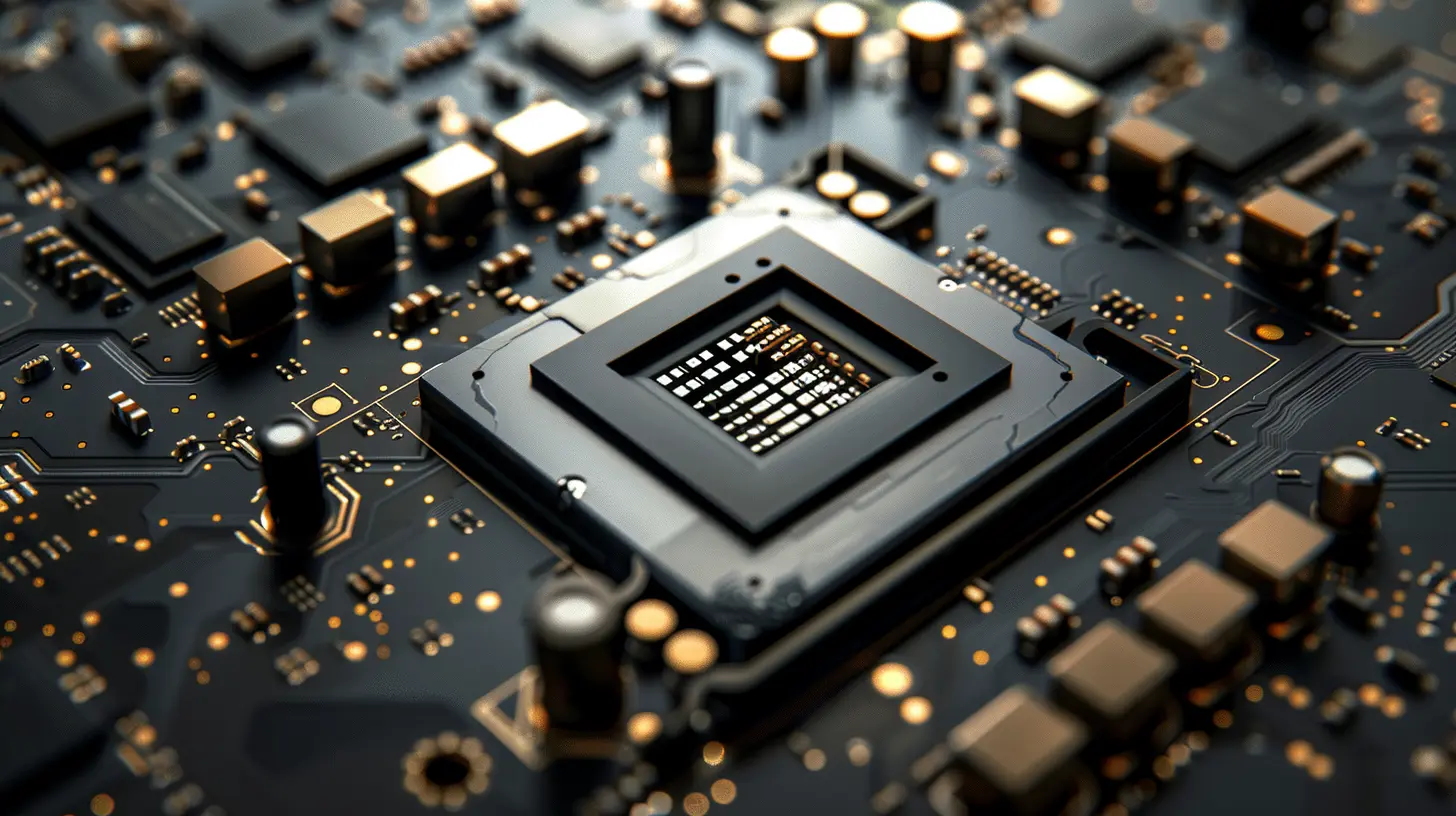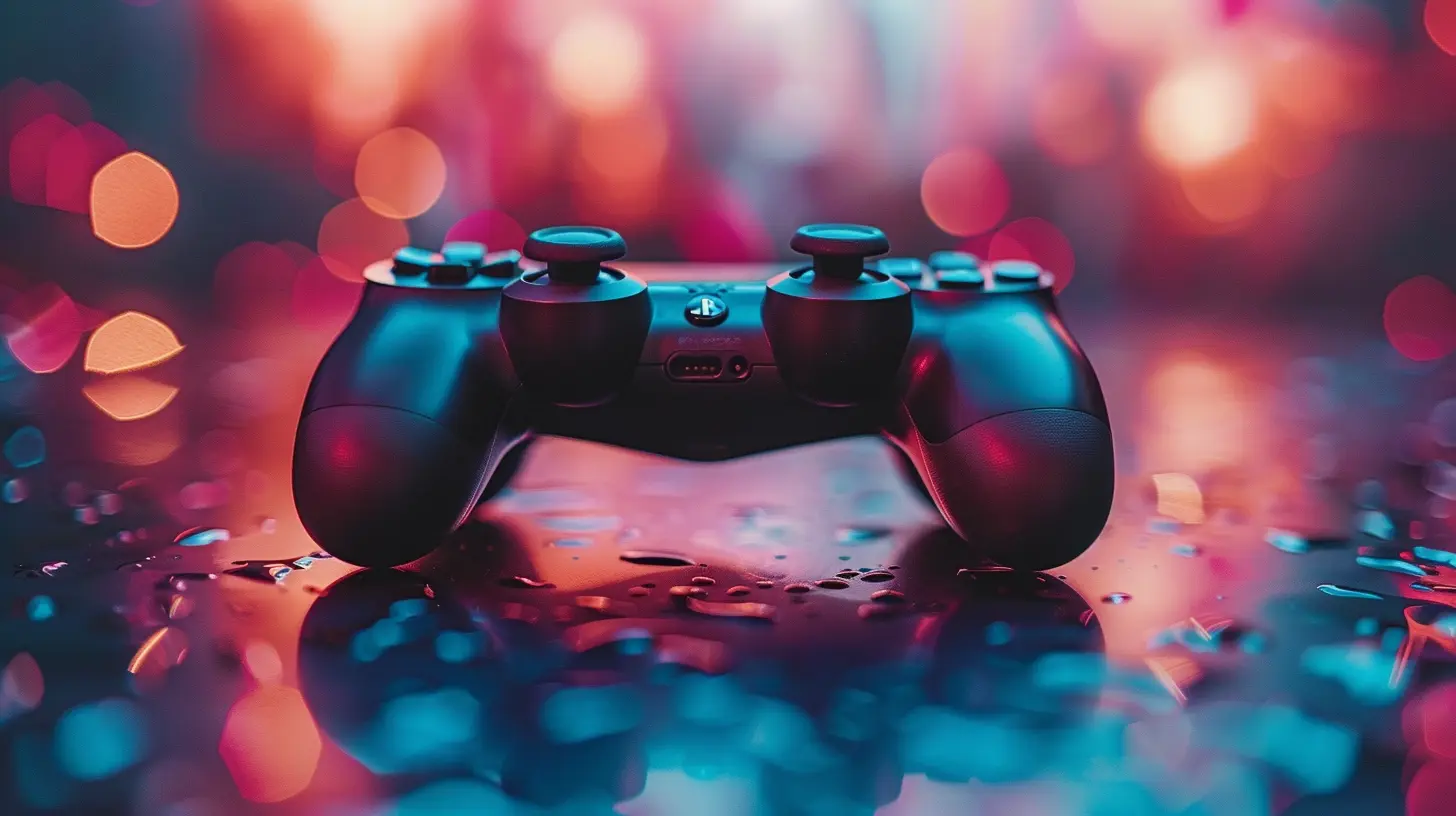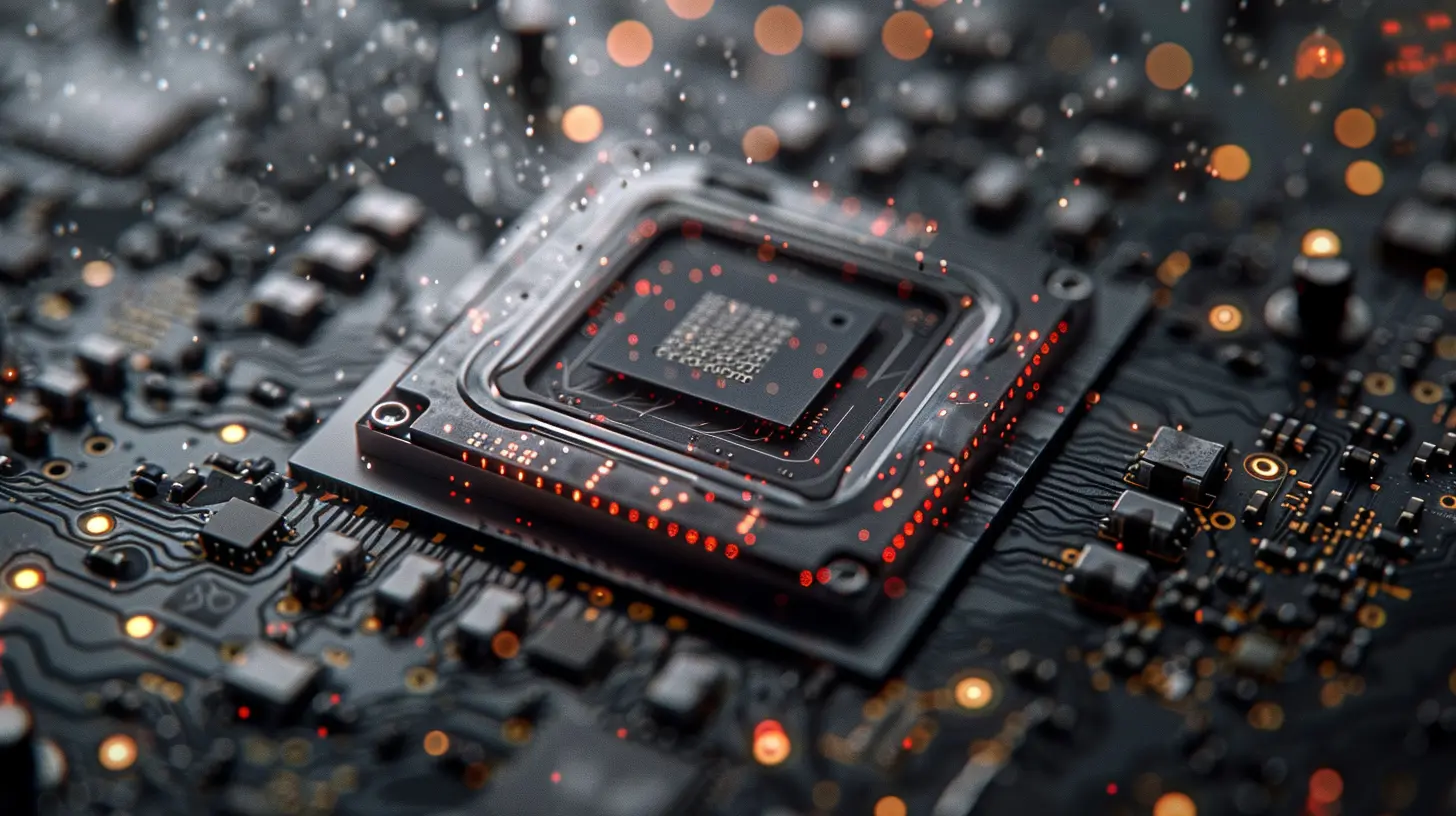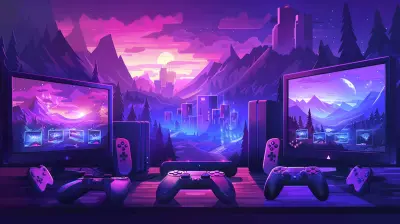How GPU Power Drives the Next Generation of Game Graphics
9 July 2025
Let’s face it—if you’ve ever stood in awe watching ultra-realistic reflections on a puddle or admired the detailed texture of rusty metal within a video game, you’ve probably felt a certain kind of magic. But that magic? It’s not just coding wizardry—it’s the raw muscle of your GPU flexing behind the scenes.
In this article, we’re diving headfirst into the pixel-packed world of gaming graphics and uncovering how GPU power fuels this visual revolution. Whether you’re a casual gamer or a hardcore enthusiast dreaming of building the next ultimate rig, you’ll find this ride as thrilling as a rocket jump in Quake.
🎮 What Is a GPU and Why Should Gamers Care?
Let’s kick things off with the basics. A GPU, or Graphics Processing Unit, is like a supercharged calculator designed for handling visuals. Imagine a factory line where each worker specializes in handling a tiny piece of data—now multiply that by thousands. That’s the essence of a GPU.While your CPU is busy keeping everything running (like the brains keeping track of your quests and enemy AI), your GPU is laser-focused on rendering lightning bolts, shadows, smoke trails, explosions—you know, the eye candy. The stronger the GPU, the more realistic and responsive your games look and feel.
So yeah, it's kind of a big deal.
🌟 Graphics Then vs. Now: A Jaw-Dropping Evolution
Remember pixelated Mario stomping Goombas back in the day? Fast forward a few decades, and now we’ve got open-world games with clouds that react to wind, individual strands of hair that catch sunlight, and characters so lifelike they could pass as real actors.This massive leap in realism? It's not just better art direction. It’s GPUs with more cores, higher memory bandwidth, and faster clock speeds doing their thing.
Let’s compare:
| Era | Graphics Example | GPU Tech Then | GPU Tech Now |
|-----|------------------|----------------|---------------|
| 1990s | Doom, Quake | 2D sprites, minimal shading | Software rendering |
| 2000s | Half-Life 2, Crysis | Basic shaders, early physics | Dedicated graphics cards, 3D pipelines |
| 2010s | Witcher 3, GTA V | Realistic lighting, bigger worlds | GDDR5/6 memory, high core counts |
| 2020s | Cyberpunk 2077, Horizon Forbidden West | Ray tracing, DLSS, photorealism | Real-time lighting, AI-powered scaling |
We’ve moved from "imagine what that blob could be" to "wait, is this a movie or a game?"
🔥 The GPU Features That Change Everything
Here’s where things get spicy. Let’s talk about the features cranking up your game’s visual fidelity.🧠 Ray Tracing: The Light Whisperer
Ray tracing is the crown jewel. It simulates how light bounces around environments with ridiculous accuracy. Reflections, shadows, global illumination—it’s all rendered in real-time.And guess what? Your GPU handles all of that. NVIDIA’s RTX series and AMD’s RX 6000+ cards brought real-time ray tracing to mainstream gaming. Walking past a neon-lit alley in a cyberpunk city never looked so good.
🚀 DLSS & FSR: AI Doing the Heavy Lifting
Deep Learning Super Sampling (DLSS) from NVIDIA and FidelityFX Super Resolution (FSR) from AMD are like having a personal AI artist that paints in the missing pixels. They upscale lower-resolution images to higher resolutions using machine learning or temporal data.Translation: You get higher frame rates without sacrificing detail. Your GPU smiles because it gets to perform fewer calculations, and you smile because everything still looks awesome.
🎛️ Shaders and Pipelines: Colors, Shadows, and Magic
Shaders are like artists with code brushes. They control how every pixel behaves—how it looks, how it reacts to light, and how it animates. Modern GPUs allow developers to go wild with millions of shaders that are processed simultaneously.Ever noticed the subtle texture of skin or the shimmer of water? That’s shader sorcery, powered by your GPU.
🏗️ Behind the Scenes: How GPUs Actually Render Graphics
Let’s peek behind the curtain for a second. The rendering pipeline—the step-by-step process your GPU follows to turn game data into that jaw-dropping image on screen—goes something like this:1. Geometry Processing: Your GPU takes 3D models and calculates where they are on screen.
2. Vertex Shading: Determines how each point (or vertex) looks, like its position or color.
3. Rasterization: Converts models into pixels for your screen—essentially filling in the blanks.
4. Pixel Shading: Decides the final color of every single pixel. Shadows, reflections, textures? All happen here.
5. Frame Buffering: The final image is stored and sent to your monitor.
All this happens within milliseconds. Magic? Nah—just seriously fast hardware.
🖥️ Power vs Efficiency: The GPU Balancing Act
GPUs used to be power-hungry beasts, guzzling watts like there’s no tomorrow. But now, power and efficiency are having a moment.Both NVIDIA and AMD are focusing more on balancing performance with power draw. Smaller chip designs, better cooling systems, and smarter voltage regulation mean modern GPUs can deliver better graphics without sounding like a jet engine or heating your room.
If you’re planning a build, this matters. Efficiency equals quieter fans, lower temps, and a more sustainable setup. Win-win, right?
🧬 AI and GPUs: A Match Made in Silicon Heaven
Modern GPUs aren't just about rendering graphics. They’re also becoming AI accelerators. Why? Because training AIs and rendering life-like game environments both rely heavily on parallel processing.With Tensor Cores and AI accelerators baked into newer GPUs, developers can implement smarter NPC behavior, more lifelike animations, and even dynamic weather that feels real.
Heck, some AAA games are already using AI-generated voiceovers and behaviors. The line between gaming and simulation is getting blurrier by the day.
🕹️ VR, AR, and the GPU’s Role in Immersive Gaming
Virtual Reality (VR) and Augmented Reality (AR) need insane levels of graphical processing. Think about it: VR runs two slightly offset images simultaneously (one for each eye), and everything must be rendered in real-time with minimal latency.Your GPU is the MVP here. Lag? Headaches. High framerate and crisp visuals? Game-changing immersion.
As VR tech evolves, GPU power is the deciding factor between a forgettable experience and one that blows your mind.
🧪 Game Development: GPUs as the Canvas
Developers don’t just use GPUs to render games—they use them to make them.Many game engines, including Unreal Engine 5 and Unity, let creators preview lighting, physics, and animations in real-time thanks to powerful GPUs. Instead of rendering test scenes overnight, devs can see how things look immediately.
Less waiting = more creativity. More creativity = better games for everyone.
💾 Future of Game Graphics: Where Do We Go From Here?
So, what's next? Will our GPUs start cooking breakfast while they render a 4K ray-traced, fully physics-based banana peel in a rainstorm?Well… maybe not the breakfast part (yet), but here’s what’s coming:
- 8K Gaming: As display resolutions increase, so must GPU power.
- Real-Time Path Tracing: An evolution of ray tracing that simulates light more realistically.
- Procedural Worlds Powered by AI: Infinite, unique worlds generated on-the-fly.
- Cloud Gaming with GPU Farms: Less dependence on local hardware, more on powerful data centers.
The GPU is no longer just a piece of your PC—it’s the soul of your gaming experience.
🎉 Final Thoughts: The GPU Is Your Game’s MVP
At the end of the day, when you’re fully absorbed in a game world—hiding in shadows, watching sunlight filter through trees, or watching raindrops form streaks on dystopian windows—it’s all thanks to the beast sitting in your gaming rig.The GPU isn’t just a tool. It’s the beating heart of everything beautiful, immersive, and jaw-dropping in games today—and tomorrow. So next time you marvel at a scene in your favorite title, give a silent nod to your graphics card. It's doing epic work, one frame at a time.
all images in this post were generated using AI tools
Category:
Video Game GraphicsAuthor:

Avril McDowney
Discussion
rate this article
2 comments
Grey McGehee
Great read! The insights into GPU advancements and their impact on game graphics are fascinating. It's exciting to see how these developments will enhance our gaming experiences in the future. Keep up the great work!
October 27, 2025 at 3:41 AM
Maren King
The evolution of GPU technology is redefining immersive experiences in gaming. As rendering power increases, developers can create richer, more dynamic environments, pushing the boundaries of realism and storytelling in next-gen graphics.
July 20, 2025 at 2:50 AM

Avril McDowney
Absolutely! The advancements in GPU technology are crucial for enhancing realism and storytelling in gaming, allowing developers to craft truly immersive worlds.


